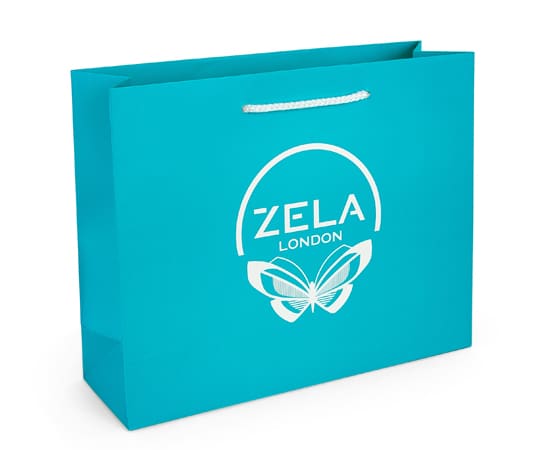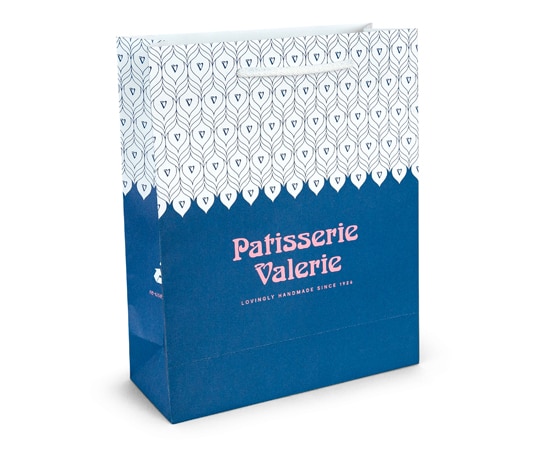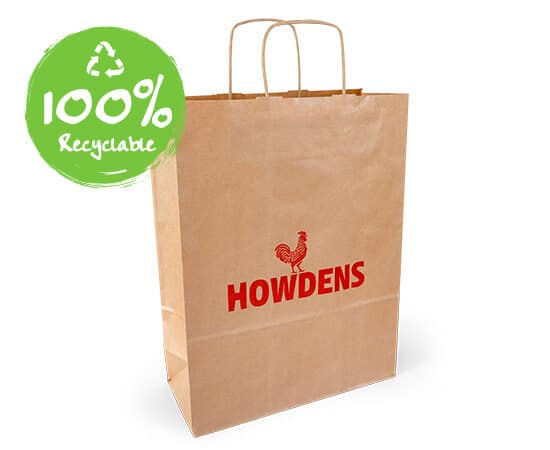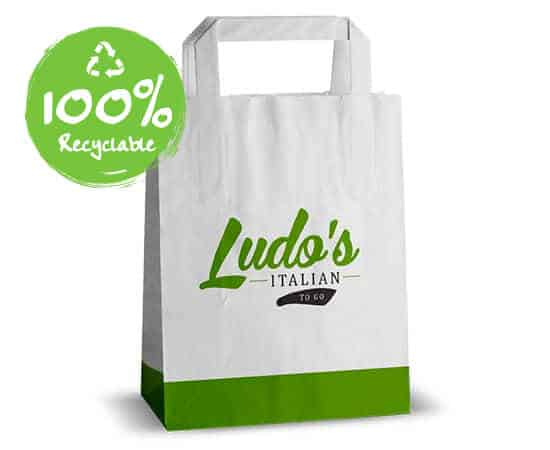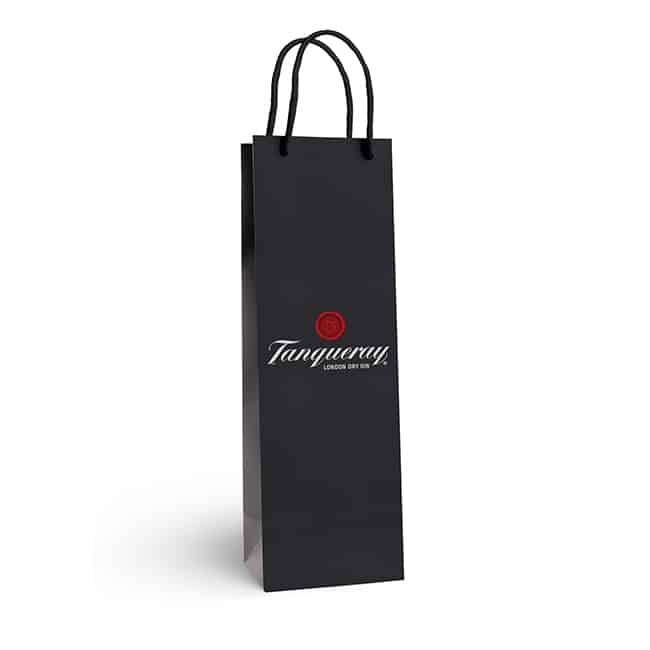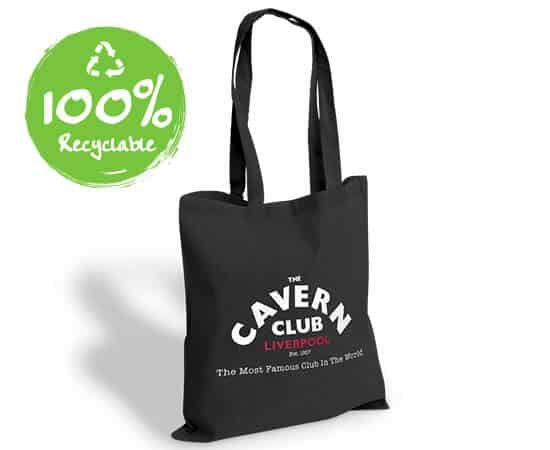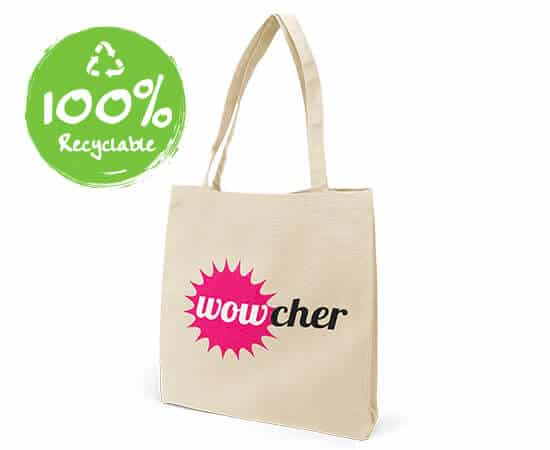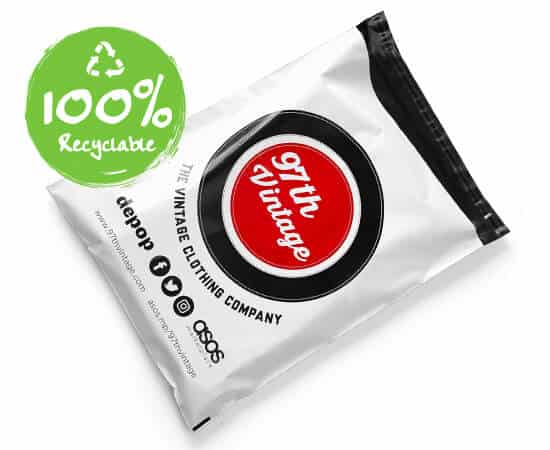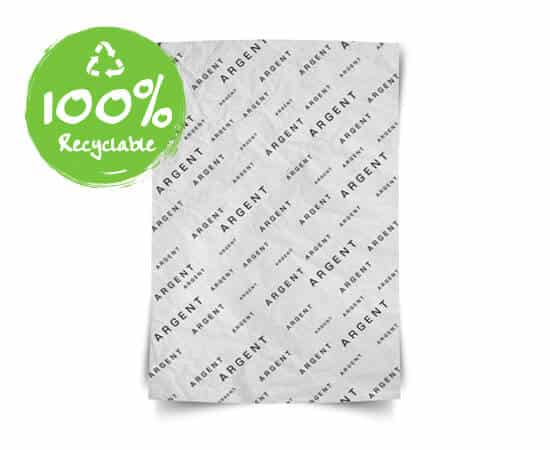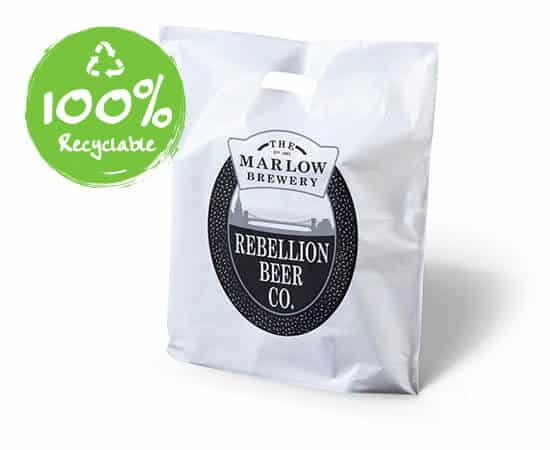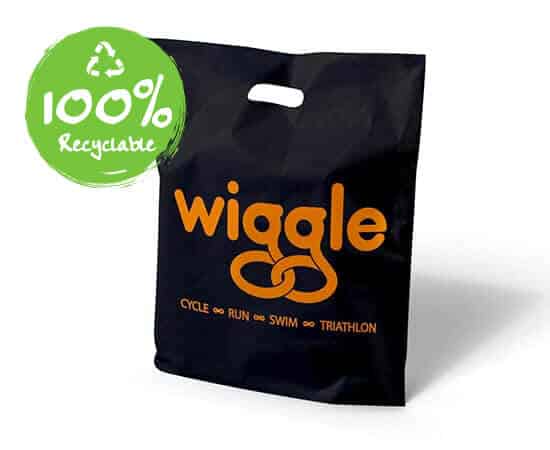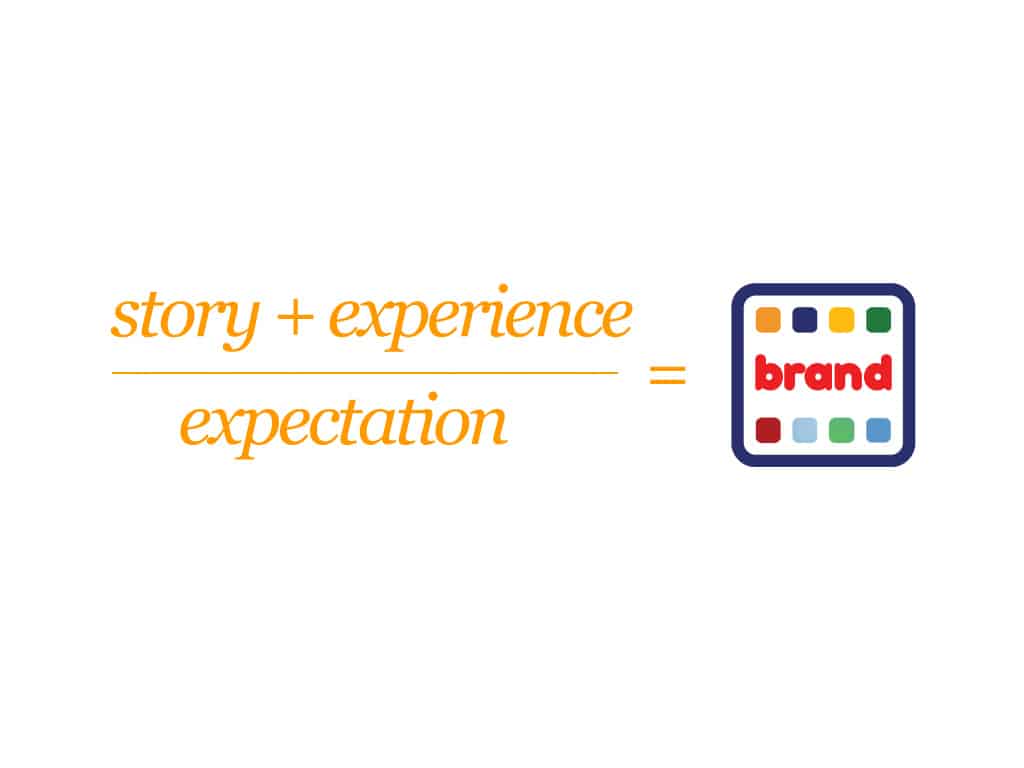
Guide to Unconventional Branding: How to Set Your Business Apart
Image by Travel 2.0
We’ve all grown accustomed to the barrage of branding that pours out of businesses across the world. It’s the drip-drip effect of marketing campaign after marketing campaign, leaving the general public not exactly surprised or excited by a lot of what comes their way.
To create an outside the box branding strategy, you need to go beyond what your customers would expect from your brand. While it may be hard to think of the ‘unexpected’, there are plenty of big-name brands doing just that – and smaller businesses can learn from their success.
But first of all, what is branding really?
Branding is not an exact science
Your brand is not your product, or your office; it’s what people think about your business. While you can learn from the branding experts and attempt to influence what your customers think about your brand, that’s where branding ends – at the word ‘influence’.
You can’t control what people think of you in the business world any more than in your personal life.
However, you can influence what people think about your brand by creating a positive, personalised experience with your brand, or by associating your brand with something your customer base is likely to be passionate about, such as music, sport or even cake.
What you can learn from the biggest brands?
Topping Interbrand’s list of the leading 100 global brands is Apple, closely followed by Google and Coca-Cola. Both of those tech giants are completely entwined in the lives of the consumer, and the fizzy drink – well that’s on every menu pretty much everywhere.
Each brand has become much bigger than their product or service. Coca-Cola is really just a fizzy drink, Google is essentially a website and some gadgets, and Apple is gadgets, too. However, each brand means so much more to so many.
Effective branding can elevate a company or service from a commodity almost identical to the others on the market to something special. It’s about creating an emotional connection to a product.
Coca-Cola’s executive summed up the power of branding perfectly when he said:
“If Coca-Cola were to lose all of its production-related assets in a disaster, the company would survive. By contrast, if all consumers were to have a sudden lapse of memory and forget everything related to Coca-Cola, the company would go out of business.”
Coca-Cola is fun, youthful and all-American. It’s famous for its secret recipe and the appearance of the Coca-Cola lorries on TV, which signal the arrival of Christmas.
Most recently, the brand went as far as creating a personal experience with consumers by including a name on each bottle of Coke – sparking a frenzied hunt to find ‘your’ bottle, which when found, usually led to the picture being shared on social networks.
Here we explore some of the best unconventional branding techniques and how they could be applied to your business – from creating an experience, to starting social campaigns, competitions and giveaways, there’s plenty of ways to stand out from the crowd.
1. Create an event
In 2011, Activision gathered more than 10,000 gamers together in two warehouses for an event celebrating the launch of the latest instalment in the Call of Duty franchise.
With around 1,000 Xboxes plugged in and ready for action, Kanye West performing live and a splattering of real-life paintball warzone, the event was a big hit, which led to a 675% increase in page views and contributed to the speedy $1 billion in sales for the game.
The event was full of surprises. It formed associations between the game and music, and between pulling the trigger on a paint gun and pressing left or right trigger on the controller. In short, the Xbox game became more than it was.
Admittedly, not every business is going to have the budget to entertain 10,000 shoppers with the likes of Kanye West and a paint-fuelled warzone. However, the basic principle can be applied across the board – from your high street retail chains to small independent businesses.
Cupcakes, Goodie Bags and Giveaways
For instance, branding can be as simple as giving away branded cupcakes – whether in store or at an event. Most people like cakes – so associating your brand with the experience of munching on a cake can only be a good thing. Plus, you’re more likely to be remembered.
Giveaways in the form of goodie bags or prizes are also a good idea. Pick your treat wisely however, as shoppers are sure to associate your brand with whatever you’re giving away.
Whether you’re exhibiting at an event, or want to create an event in store, goodie bags are a great way to create a positive experience with your brand – you could even explore a way of personalising each bag, along the lines of Coca-Cola’s named bottles.
Or try bags that relate to the goodie itself – take a look at these ‘I ate a donut with a maple glaze’ bags and you’ll see what we mean – the bags create an indulgent experience that lingers after the donut has been devoured.
Live Music
And while you can’t get Kanye West in store, many small shops and cafés are inviting local bands in to play either during normal opening hours, or by turning the gig into an evening event.
Photo booth
Photos booths are also a great way to provide an experience, with the snap serving as a handy memento.
While this has long been a popular idea at events, there are plenty of ways to capitalise on this. For instance, add your website URL and a discount code to every pic to encourage people to visit your site.
Or, simply post the pics on your social media to encourage people to connect with you online – with the added chance that when they find the pic featuring their familiar face, they’ll share it on their own social networks.
The photo booth idea works so well because it’s about creating a personal experience with a brand – and when it comes to imagery, what’s more personal than your own face?
2. Start a competition
The chance of a prize is a big draw for many, and is a great way to encourage people to engage with your brand. Your prize also has the power to affect how people see your brand.
For instance, beer brand Coors Light launched a competition giving consumers the chance to win a range of exciting experiences – from a moose safari to a zero-gravity experience.
With the hashtag #Don’tWait, Coors were trying to associate the brand with the idea of living life to the full.
On the other hand, this campaign from Suzuki took a different approach. The brand allowed Twitter users to nominate someone to win a new car using the hashtag #giveanscross. Shared 10,000 times across 30 days, the campaign was a hit.
The benefit to Suzuki in terms of branding is that the shopper associates the brand with the positive feeling of sharing.
3. Encourage user-generated content
According to eMarketer, by 2013 there were 114.5 million user-generated content creators and that number keeps on growing. As a branding tactic, it makes sense – people are sure to feel more positively about a brand if they’ve been directly involved in producing their content.
TV network, HGTV launched their Love Home campaign, where they asked fans to share photos of them at home with the hashtags #lovehome and #hgtv. The pics were then used on TV ads and on the company blog – with 40,000 submissions in total.
Another, more unusual example of a brand utilising user-generated content is Bic, and their mission to create a ‘universal font’.
The pen manufacturer is asking people around the world to submit their handwriting on a beautiful microsite, which is designed to get people excited about writing by hand. It’s been hugely popular because it’s something genuinely interesting to be a part of, and it gives a fairly uninspiring product the edge over other similar brands.
Whether sharing a photo, tips, story or idea (or even handwriting!), asking your customers to contribute to something can be great for your brand.
4. Create an experience
We tend to remember experiences, not facts. So, trying to create an experience around your brand is a good way to stand out.
Haagen-Dazs has transformed the frustrating experience of waiting for ice-cream to soften in the carton into a beautiful, high-tech concert.
Shoppers can download an app which allows them to see a concert performing on top of the ice cream lids which is perfectly timed to last long enough for the ice cream to soften. All you need to do is point your phone in the direction of your soon-to-be-eaten ice cream.
The app brilliantly turns the ordinary into the extraordinary. A similar effect is achieved with Pepsi Max’s #LiveForNow campaign, where the brand built a bus shelter in central London, which made it look like incredible events were taking place on the street. From aliens to monsters, a range of extraordinary creatures emerged. Along with providing a shock (and hopefully a laugh!) to those waiting for a bus, the YouTube video has been watched over four million times.
Pepsi has designed a way to liven up the everyday and that’s how they want people to think about their brand.
Any business can design an out of the ordinary experience – without the need for a special effects budget. Whether in store, at an exhibition, or in your local area, you just need an idea that will capture the public’s imagination.
As shown, there are countless ways to influence the way people think about your brand. And with so many similar products on the market, thinking outside the box is the only way to ensure your product stands out from the rest.
Need advice on your branding and how to express it with printed bags? Contact us today on 0191 268 7555, or email sales@theprintedbagshop.co.uk.
Read more:
- THE RETAILER’S GUIDE TO PRINTED BAGS
- HOW TO TELL YOUR BRAND’S STORY THROUGH PRINTED BAGS
- ENHANCE YOUR PRINTED BAG WITH ADDED EXTRAS


